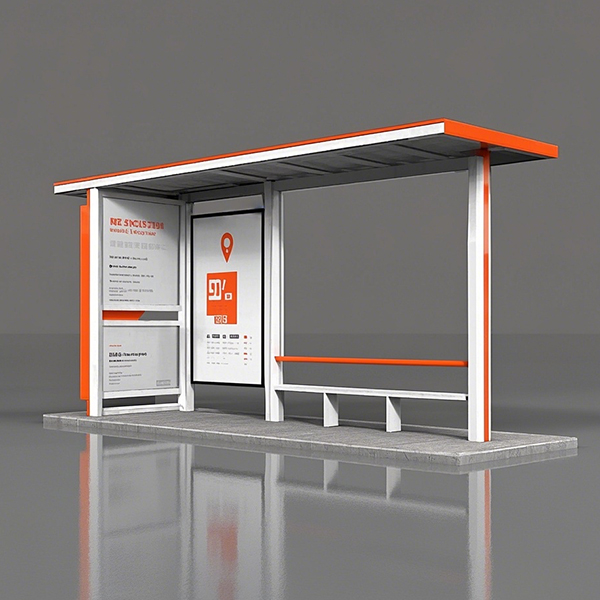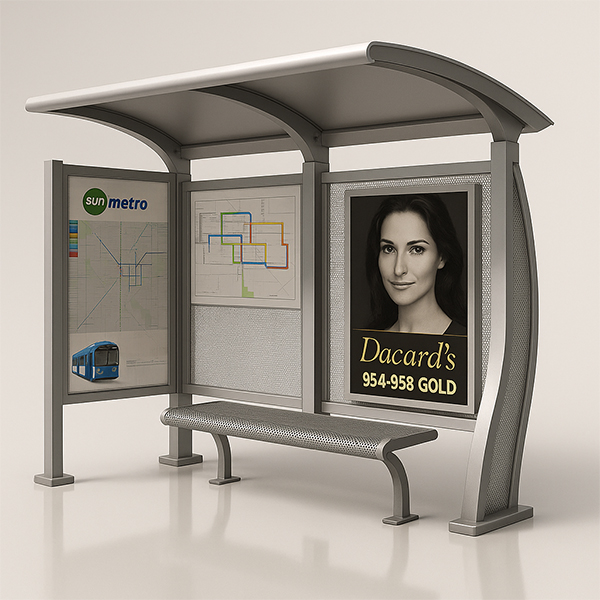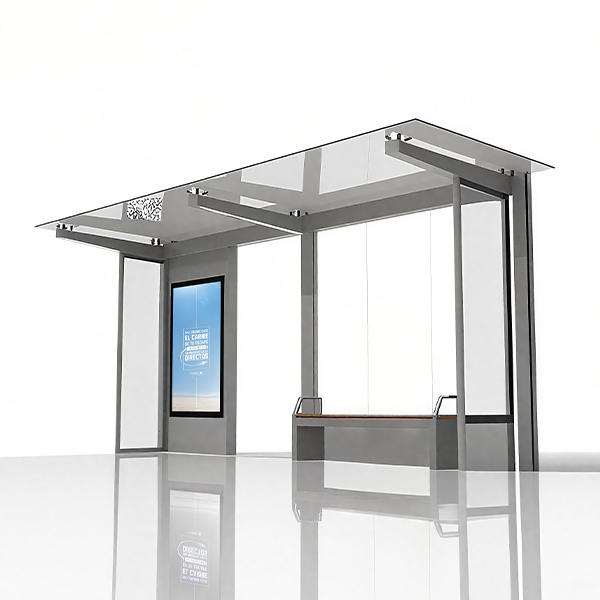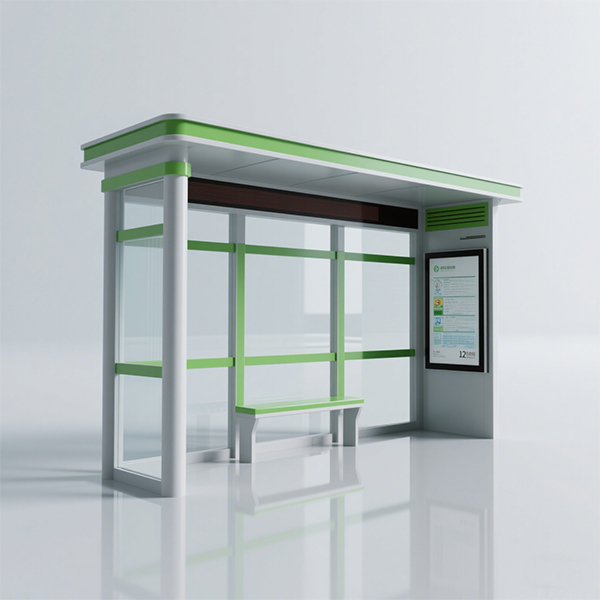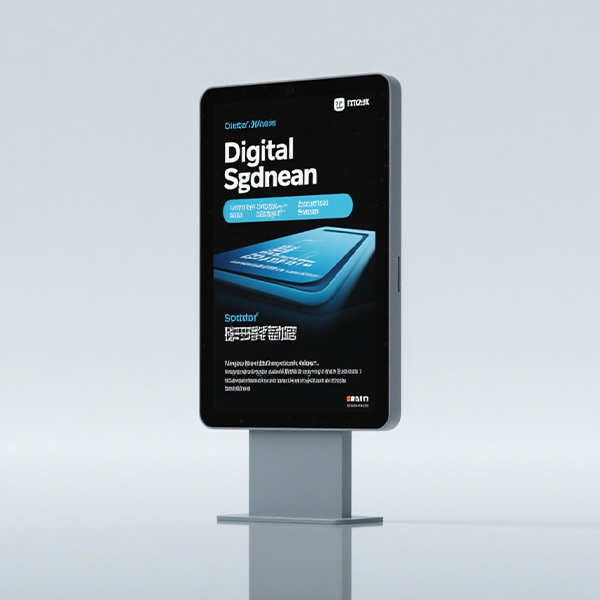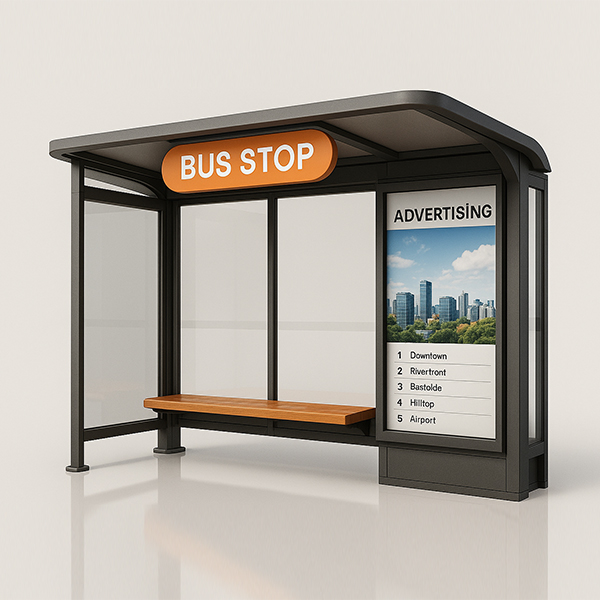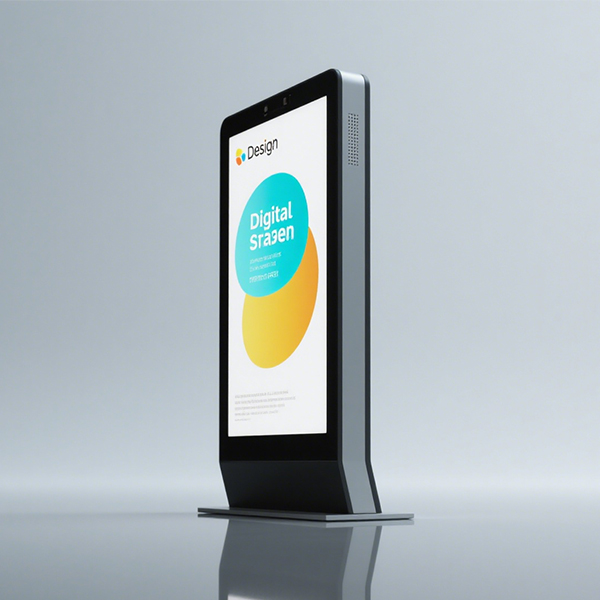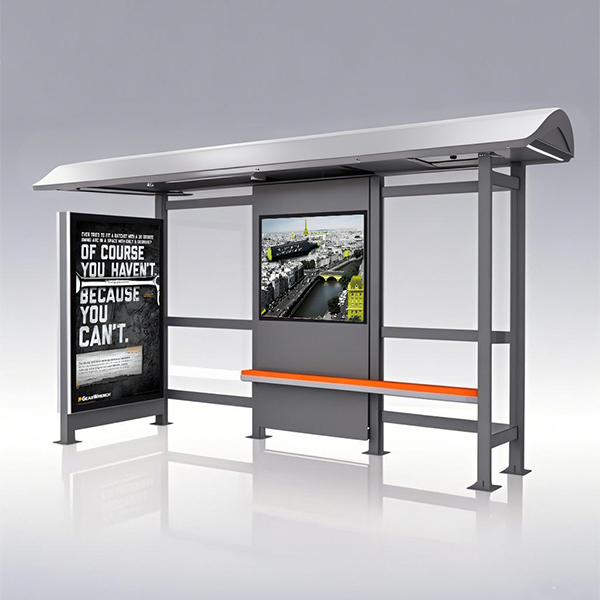
smart bus stop
Smart Bus Stops: The Future of Public TransportationSmart bus stops are transforming the passenger experience, offering a range of technological advancements that improve efficiency, accessibility, and safety. This article explores the key features, benefits, and future trends of smart bus stops, providing a comprehensive overview for anyone interested in learning more about this innovative technology.
Key Features of Smart Bus Stops
Smart bus stops are more than just sheltered waiting areas. They integrate various technologies to enhance the overall commuting experience. These features often include:Real-Time Information Displays
Digital screens display real-time bus arrival information, reducing passenger wait times and uncertainty. This information is often sourced from GPS tracking systems on the buses themselves, providing highly accurate predictions.Passenger Counting Systems
Sensors within the smart bus stop count passengers entering and exiting, allowing transit authorities to optimize routes and schedules based on actual demand. This data-driven approach leads to improved resource allocation and reduced operational costs.Accessibility Features
Many smart bus stops include features enhancing accessibility for passengers with disabilities. This might include ramps, audio announcements, and tactile paving. Some advanced systems even incorporate visual aids for the visually impaired.Interactive Kiosks
Some smart bus stops incorporate interactive kiosks providing information beyond bus schedules. These kiosks might offer maps, local news, weather updates, and even advertising opportunities. These features can enhance the overall experience and provide additional value to passengers.Environmental Monitoring
Certain smart bus stops are equipped with sensors to monitor air quality, noise levels, and even weather conditions. This data can inform urban planning initiatives and help create a more sustainable environment.Wi-Fi Connectivity
Free Wi-Fi access is becoming a standard feature in many modern smart bus stops, enabling passengers to stay connected while waiting for their bus. This enhances passenger comfort and provides a valuable service.Benefits of Implementing Smart Bus Stops
The implementation of smart bus stops offers several significant benefits: Improved Passenger Experience: Real-time information, accessibility features, and Wi-Fi connectivity significantly enhance the passenger experience. Increased Efficiency: Data-driven optimization of routes and schedules improves efficiency and reduces operational costs. Enhanced Safety: Improved lighting, security cameras, and emergency call buttons enhance passenger safety. Sustainable Transportation: Environmental monitoring capabilities contribute to a more sustainable transportation system. Data-Driven Insights: The data collected from smart bus stops provides valuable insights for transit authorities to improve services.Future Trends in Smart Bus Stop Technology
The future of smart bus stops holds exciting possibilities: Integration with other smart city initiatives: Smart bus stops will become increasingly integrated with other smart city systems, such as smart traffic management and smart parking. Advanced analytics and predictive modeling: Sophisticated data analysis will allow for more accurate predictions of passenger demand and improved route optimization. Increased use of renewable energy sources: Smart bus stops will increasingly rely on renewable energy sources, such as solar power, to reduce their environmental impact. Enhanced security features: Advanced security features, such as facial recognition and AI-powered surveillance, will enhance passenger safety.Case Studies: Real-World Examples of Smart Bus Stops
While specific implementations vary widely, many cities worldwide have successfully deployed smart bus stops. Researching local transportation authorities' websites will reveal numerous examples of successful deployments. For example, look into initiatives in cities known for their advanced public transportation systems.| City | Key Features | Benefits Observed |
|---|---|---|
| [City 1 - Replace with example] | [List key features - Replace with example] | [List observed benefits - Replace with example] |
| [City 2 - Replace with example] | [List key features - Replace with example] | [List observed benefits - Replace with example] |
Соответствующая продукция
Соответствующая продукция








